Ceuta is one of two Spanish cities located in North Africa, the other one being Melilla which I visited for two days in July. Due to my interest in exclaves and other map oddities, I couldn’t settle with just visiting one of them, so I headed to Ceuta next. Like Melilla, Ceuta shares a border with Morocco and the Mediterranean Sea, separating it from mainland Spain. Ceuta’s status within Spain is equal to that of Melilla, being an autonomous city within Spain since 1995, despite being officially claimed by Morocco.
Despite Ceuta only being 380 km from Melilla, there is no direct transportation between the two. Travelling between the two meant crossing into Morocco and driving for seven hours or sailing back to Spain, only to sail to North Africa once again. My original plan had been to travel through Morocco for some days, but due to travel burnout, I chose to postpone it and focus on Spain instead. So I headed back to Spain and travelled to Algeciras where I settled for three nights so I could visit nearby Gibraltar and Ceuta on day trips.
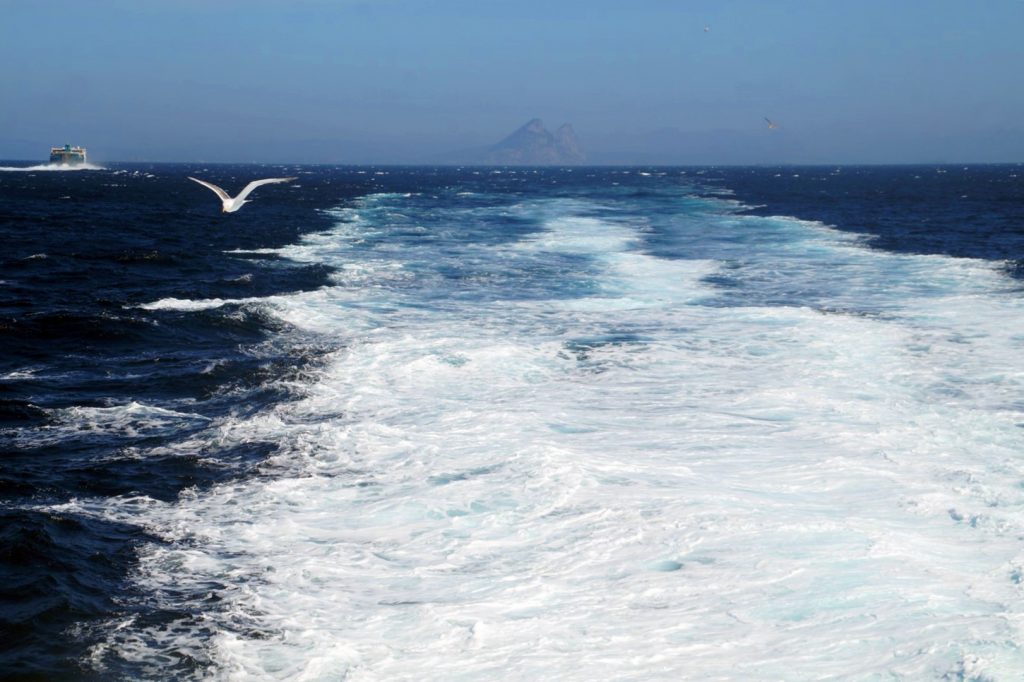
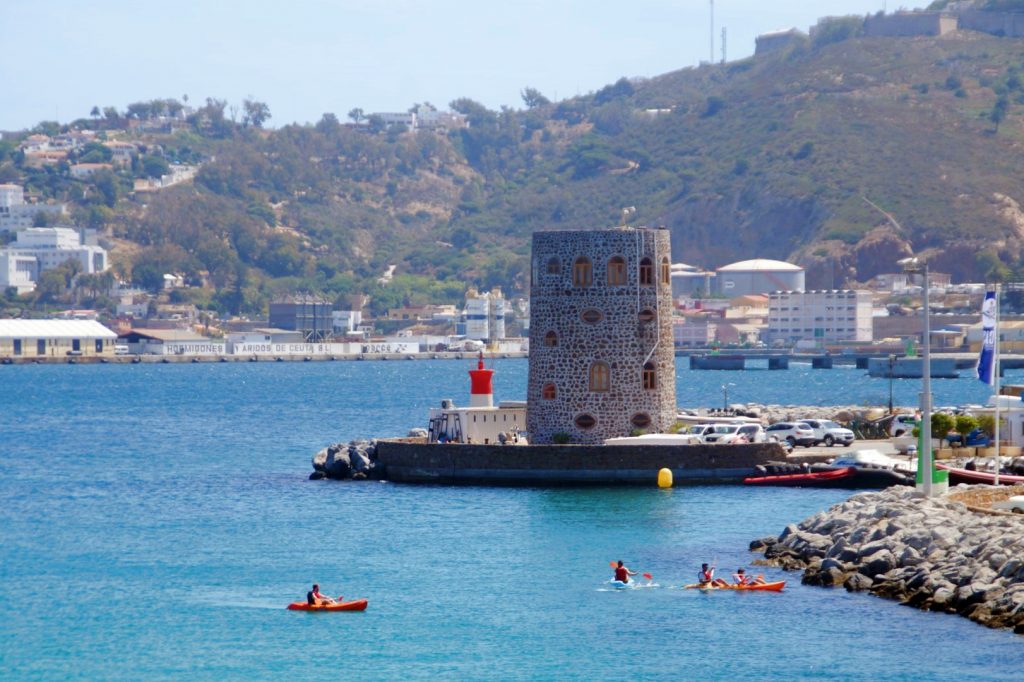
Despite the political similarities, the differences between Melilla and Ceuta were obvious from the get-go. Arriving in Ceuta was like arriving in any other Spanish port city. There was no border control, whereas in Melilla, my passport was checked three times. However, Ceuta is only an hour away from the mainland, whereas Melilla is seven hours away, which might explain the differences.
The first thing I noticed about Ceuta was the modern architecture, the enormous shops and western supermarkets such as Lidl, almost the complete opposite of Melilla. In many ways, it seems that Ceuta’s cultural ties with Spain are stronger, whereas Melilla felt like a mix of Spanish and Moroccan culture.
I spent half a day in Ceuta, arriving in the late morning and leaving again in the afternoon. I could’ve spent longer in the city, but it was enough time to get a good feel of the place. The city itself is quite small and the main sights are all in close proximity to each other. I began the day with a stroll through the main street in the search for the beautiful Casa de los Dragones (‘House of the Dragons’), which is an excellent example of eclectic architecture from 1905. I also may or may not have done a bit of shopping since, well, I was so surprised to see so many good shops!
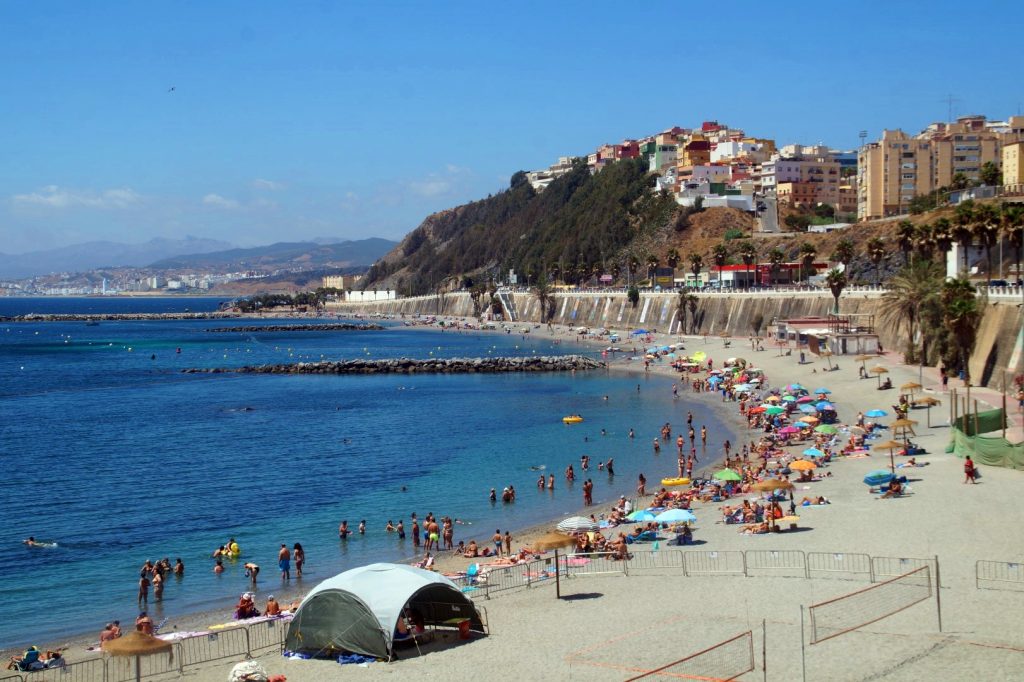
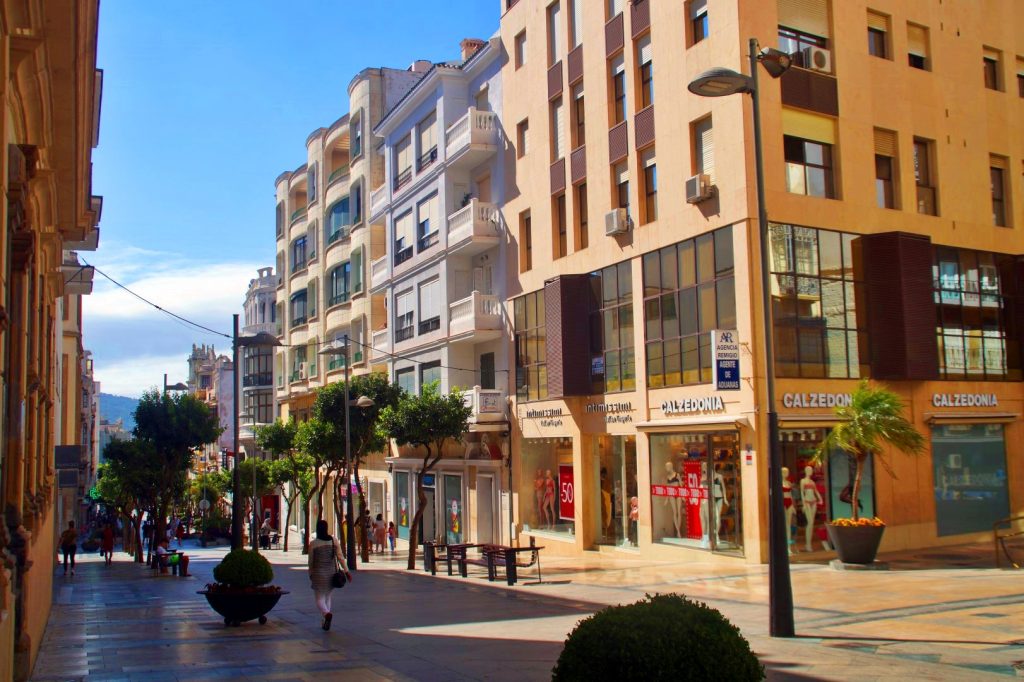
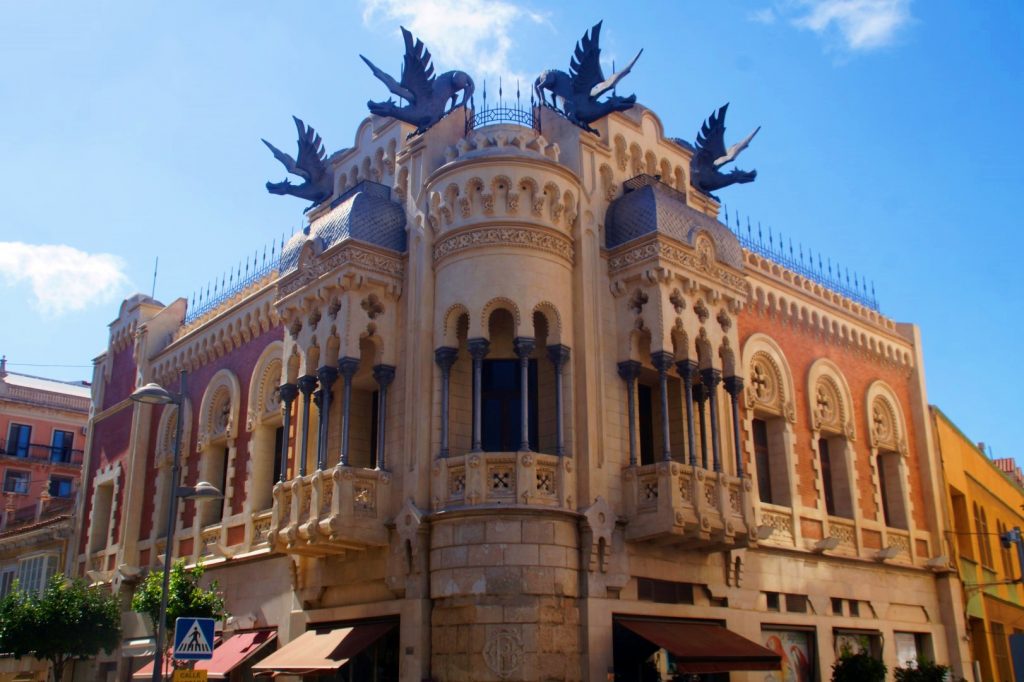
After my little shopping spree, I left the glistening city centre and travelled back in time to the Medieval period. Murallas Reales (‘the Royal Walls’), a large fortification, was next on my itinerary. The walls were built in the 1540s following the Conquest of Ceuta in 1415 where the Portuguese captured the city. Two centuries later, during the Sieges of Ceuta, the walls played a significant role and the defences were successful in 1734 to stop the last Moorish attempt to capture the city. Today, the walls are a popular tourist attraction in the city, offering intriguing history and incredible views.
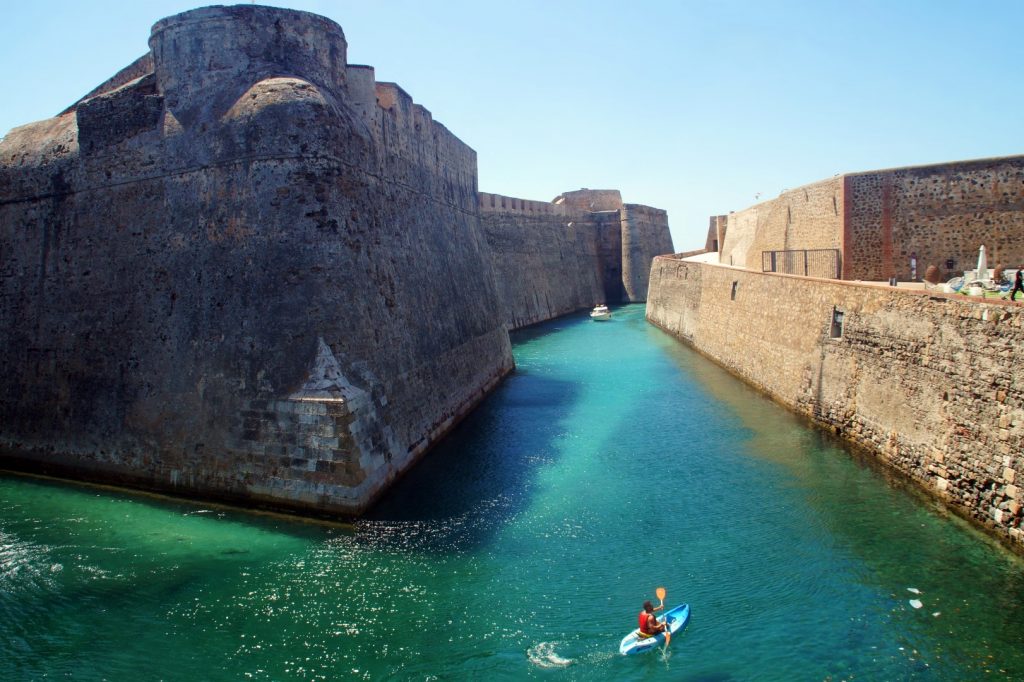
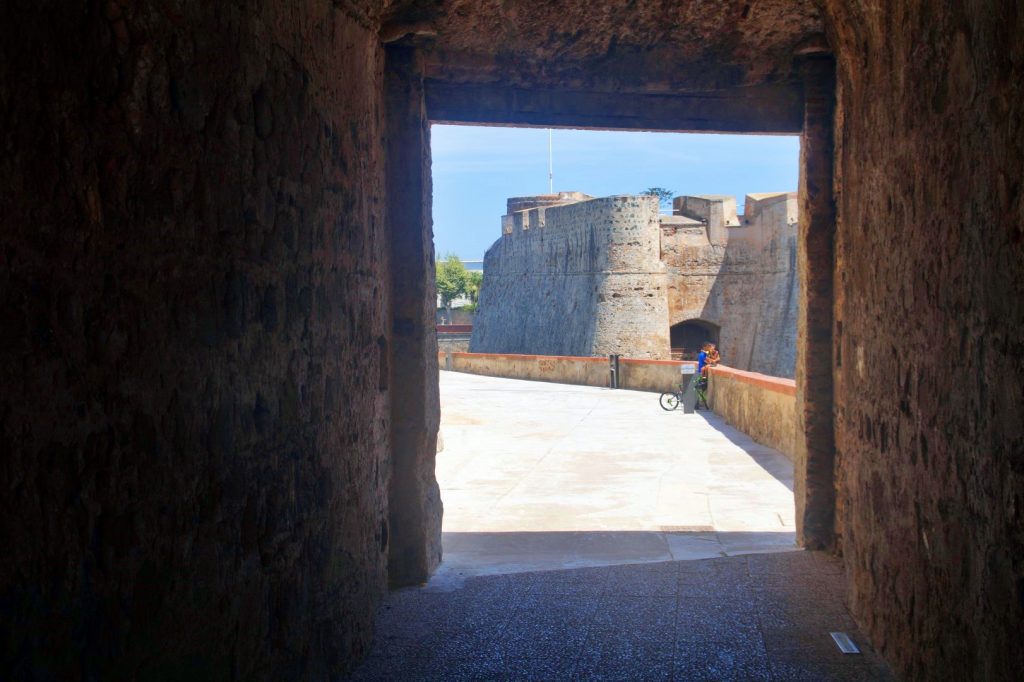
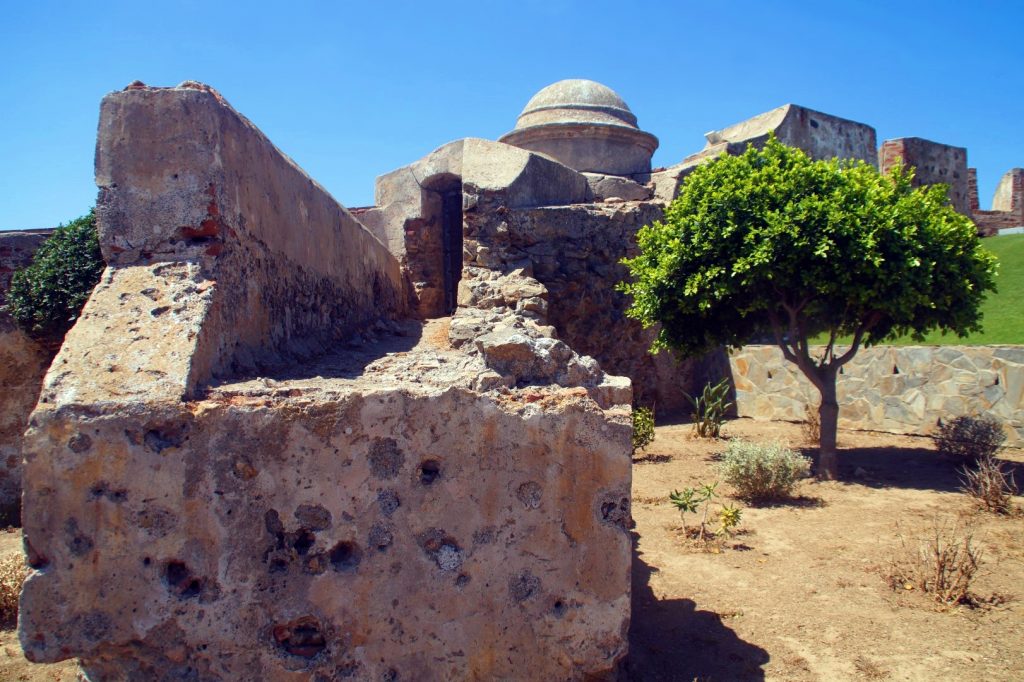
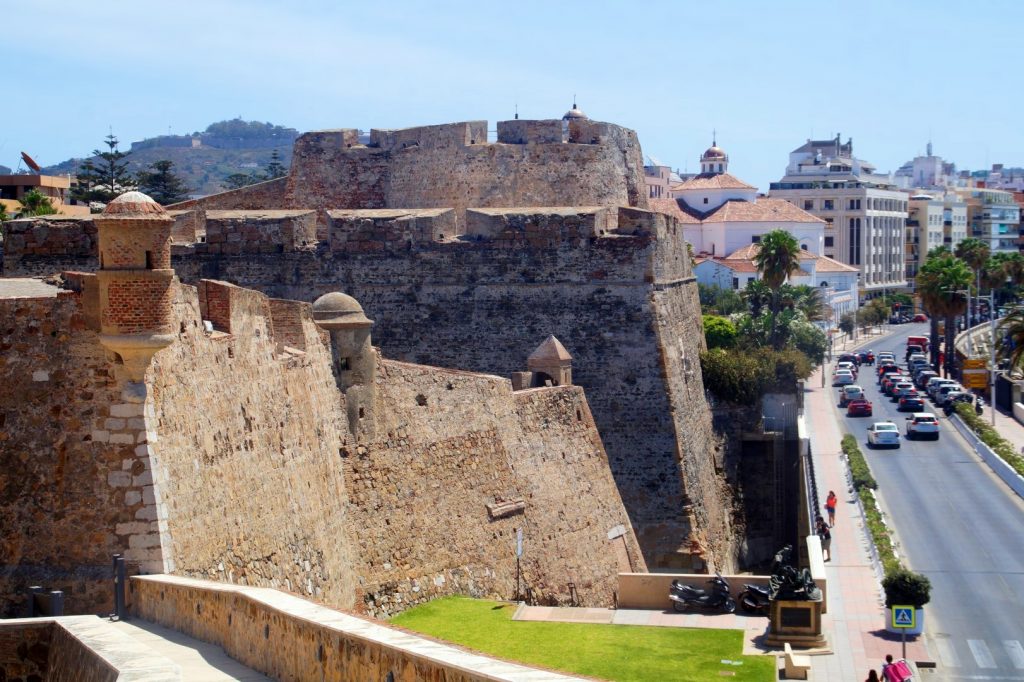
I still hadn’t eaten any breakfast that day as I wanted to wait until I got to the Parque Maritime de Mediterraneo. Looking at the park on a map, I had imagined a large park with lakes and plenty of benches to sit on, but boy was I wrong! The park is more like a giant pool area – and trust me, there was nowhere to sit (or lay). There were people everywhere!
So instead, I sat on a bench near the highway which was actually very enjoyable as I could do people watching while eating (and who doesn’t love that!?).
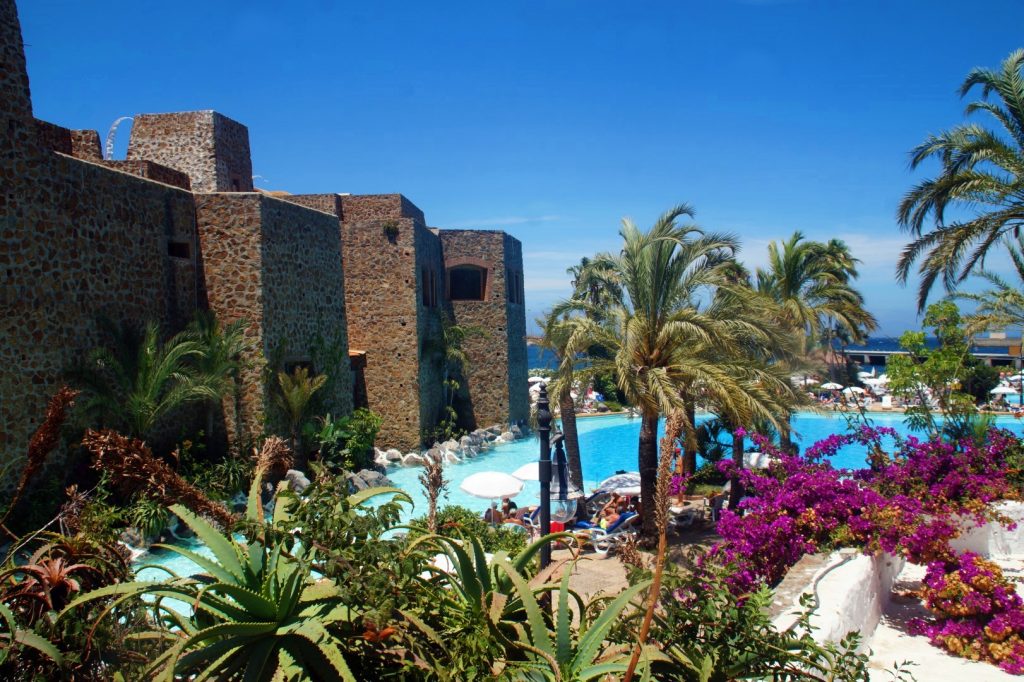
The main thing I wanted to do in Ceuta was to get out of the city and explore the beautiful nature, which is the one thing Ceuta has that Melilla doesn’t.
I had originally planned to go to the Mirador del Isabel II viewpoint which is near the fence that separates Ceuta and Morocco, but it would take 2,5 hours of uphill walking to get there which I didn’t have time for, and there were no busses running. I didn’t want to pay for a taxi, so instead I decided to hike up Monte Hacho to see the fortress Fortaleza de Hacho at the summit and the panoramic views of the city below it.
I first walked to the Mirador de San Antonio viewpoint outside the city centre, through the gorgeous Parque San Amaro. Apart from a few stray cats, I was all by myself, enjoying the tranquility. I had beautiful views of the city and Spain and Gibraltar across the ocean throughout. From the viewpoint, I could see all the way to the Rock of Gibraltar! The city views were also nice but they would get much better as I continued my hike upwards.
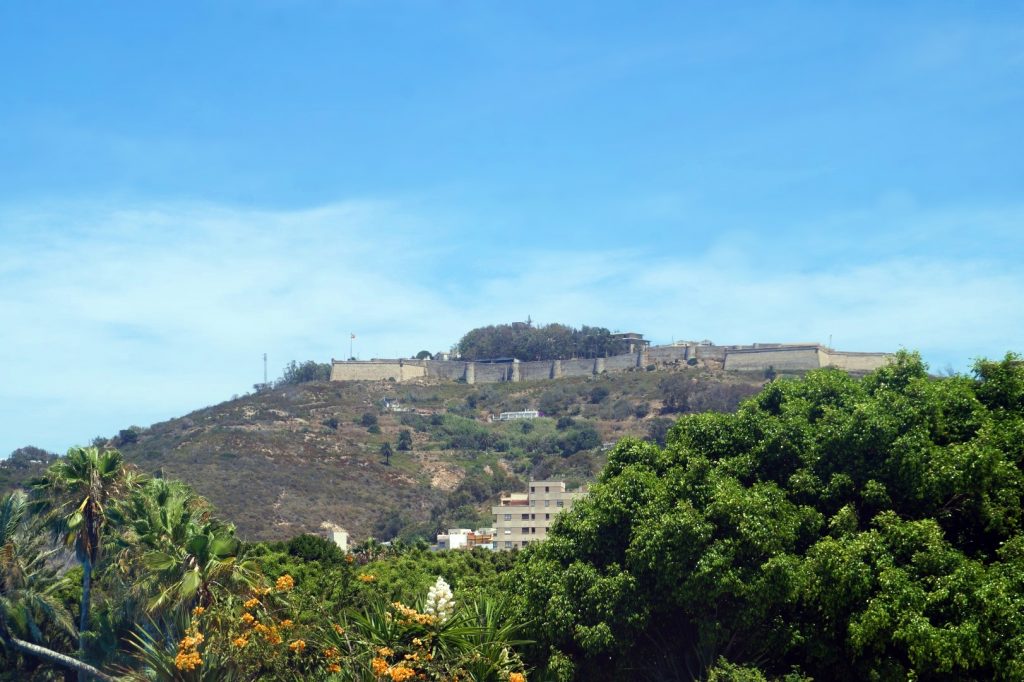
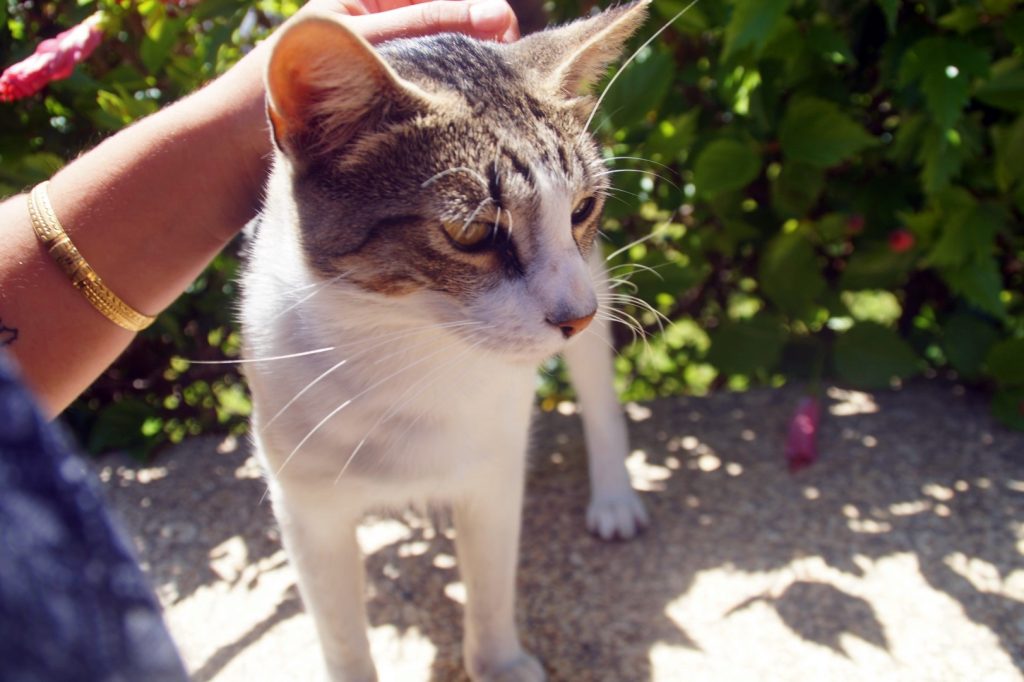
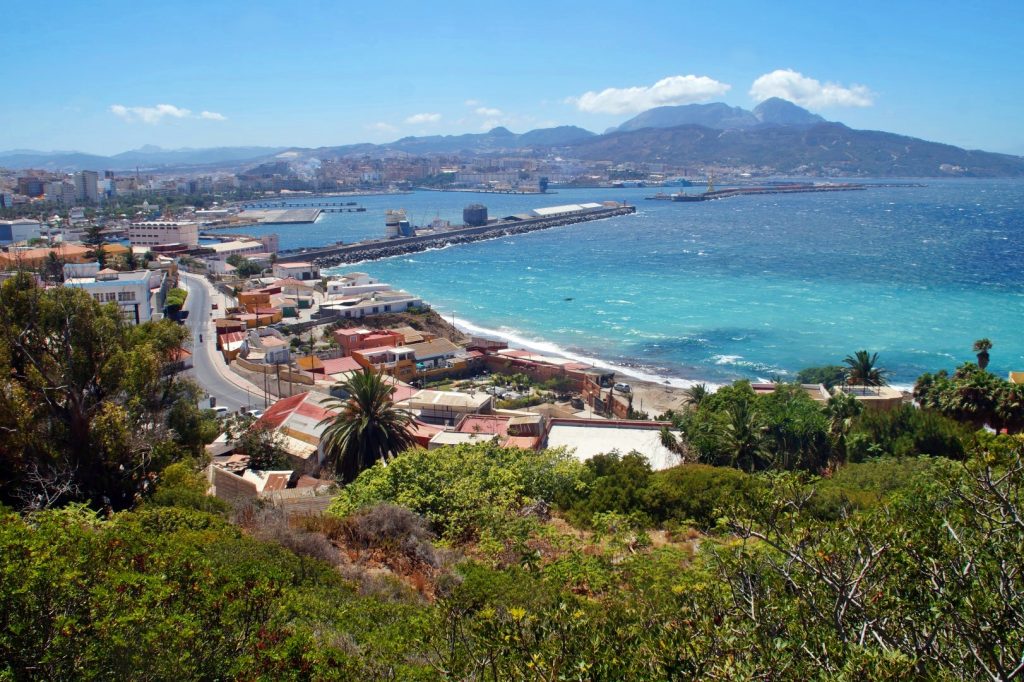
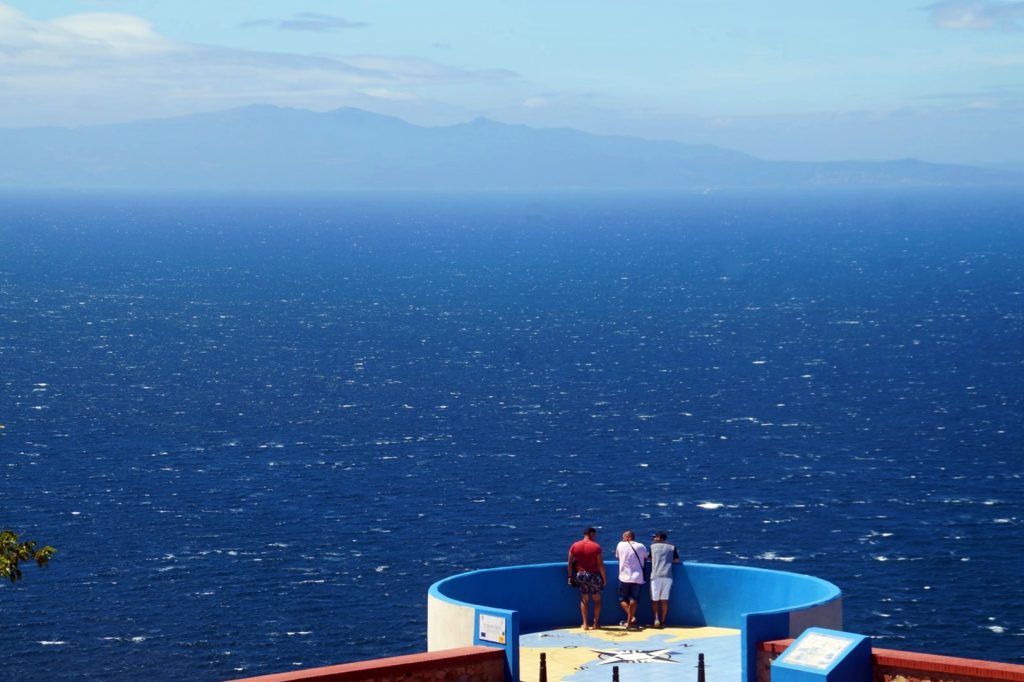
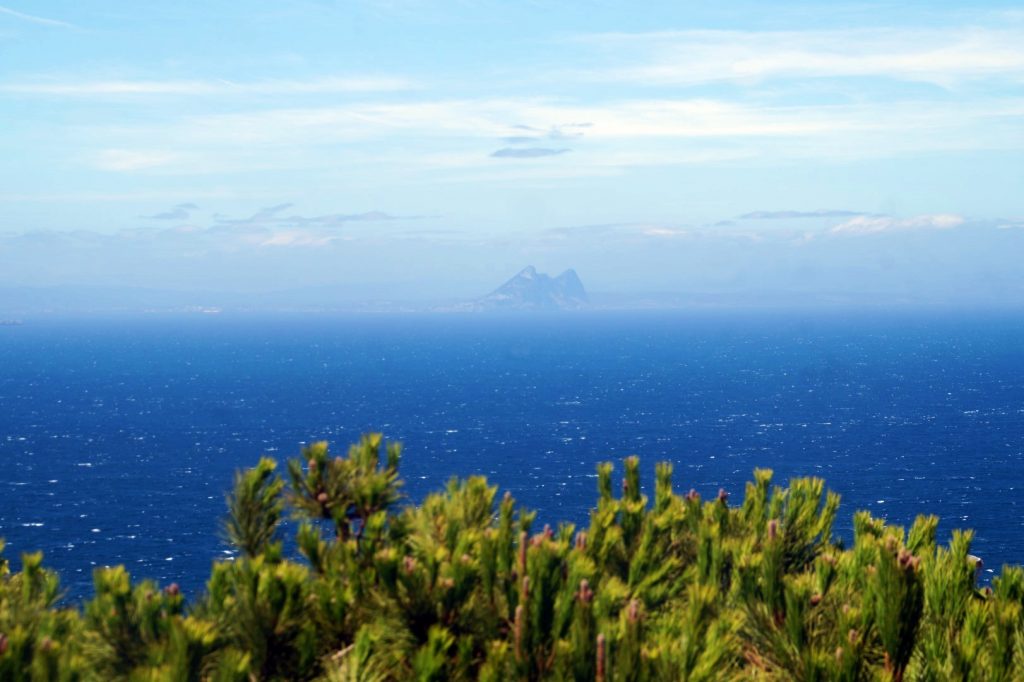

I came by the inviting Oasis Restaurant and felt like going in for some lunch but it was way out of my budget. Shortly after, I found a steep (!!!!) path that led me all the way up to the Byzantine fortress. Unfortunately, members of the public are not allowed to enter the fortress as it’s occupied by the Spanish army, but there’s a trail around the entire fortress that’s open to everyone.
I really enjoyed walking around the fortress where the views of Ceuta, the Moroccan city of Fnideq and the surrounding mountains were perfect. I’m certainly glad I didn’t miss out on this spot!
After some hectic weeks of travelling through more touristy places, it was wonderful to be by myself. It’s so rare to be alone in beautiful places in Spain, but in Ceuta that is more than likely to happen – even in the summer – and I love that about the place!
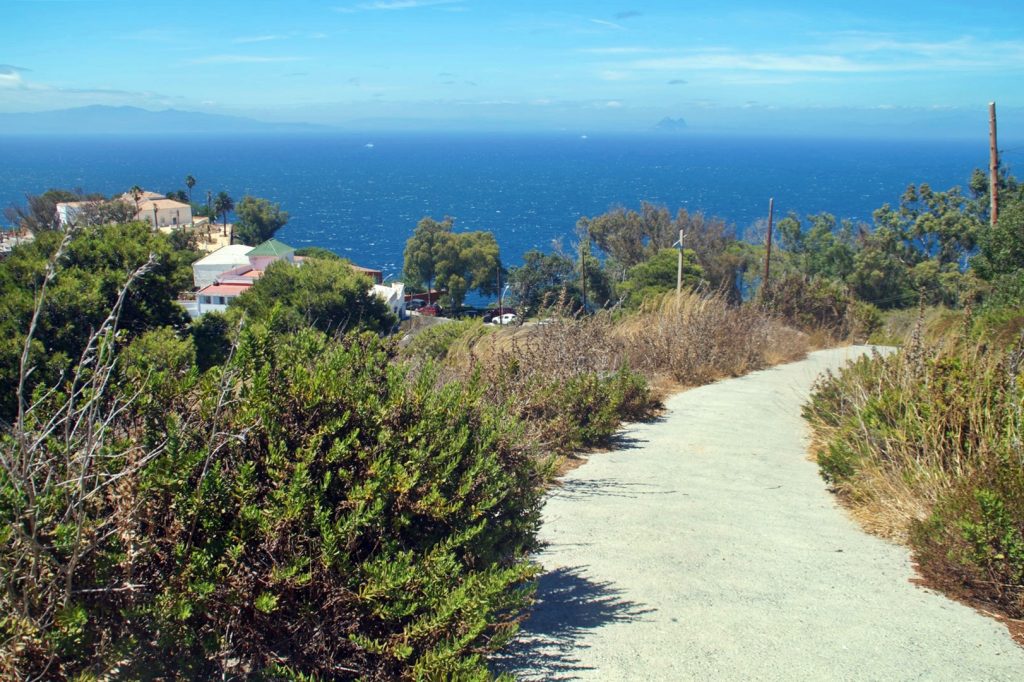
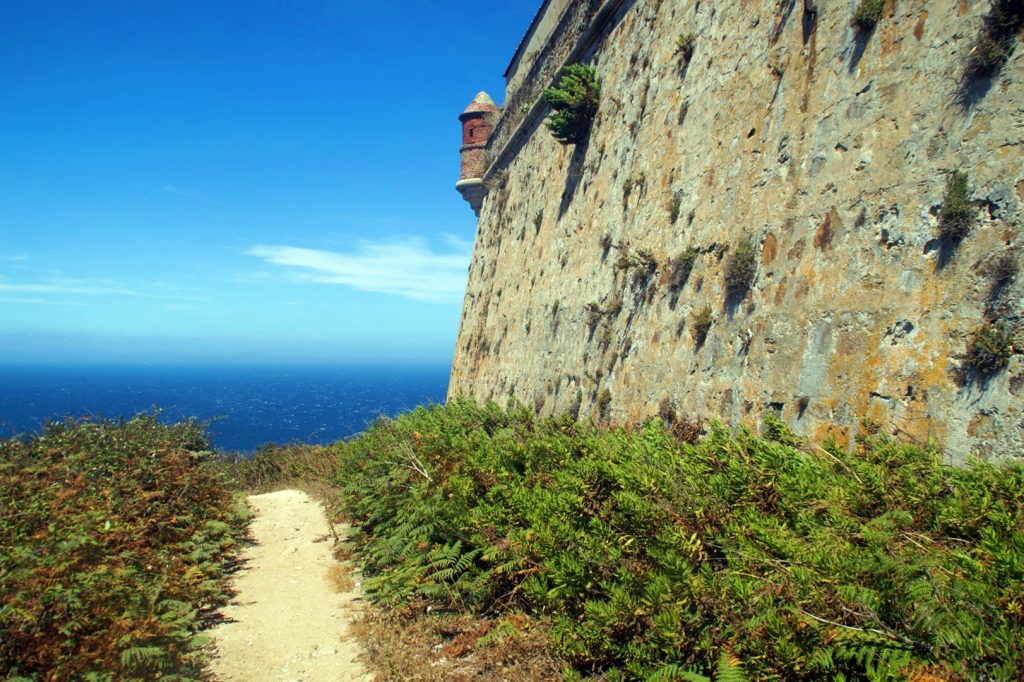
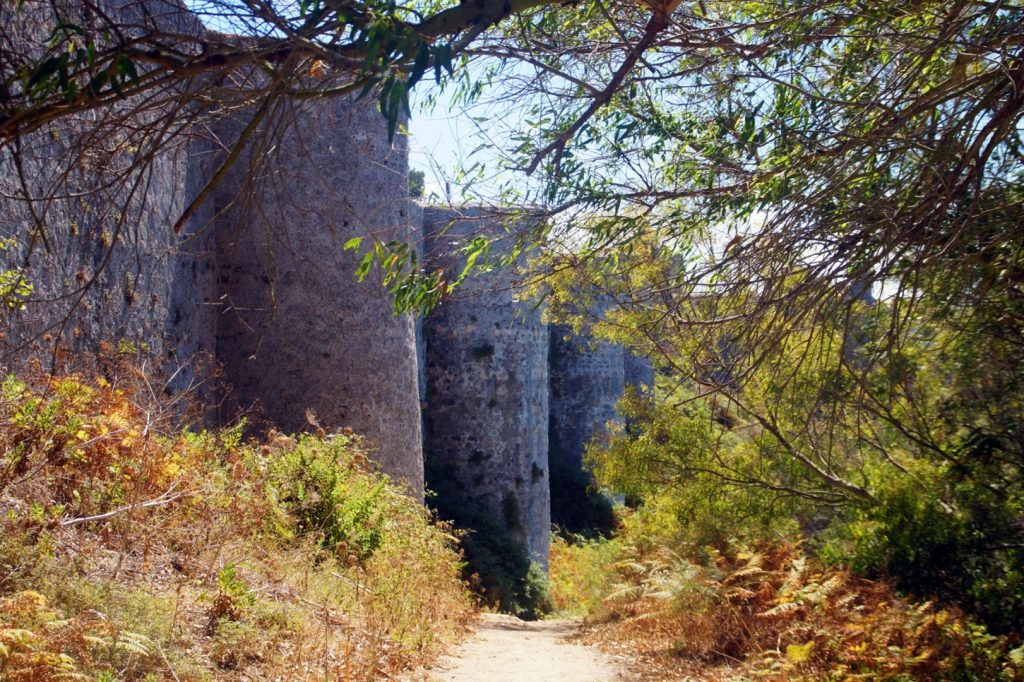
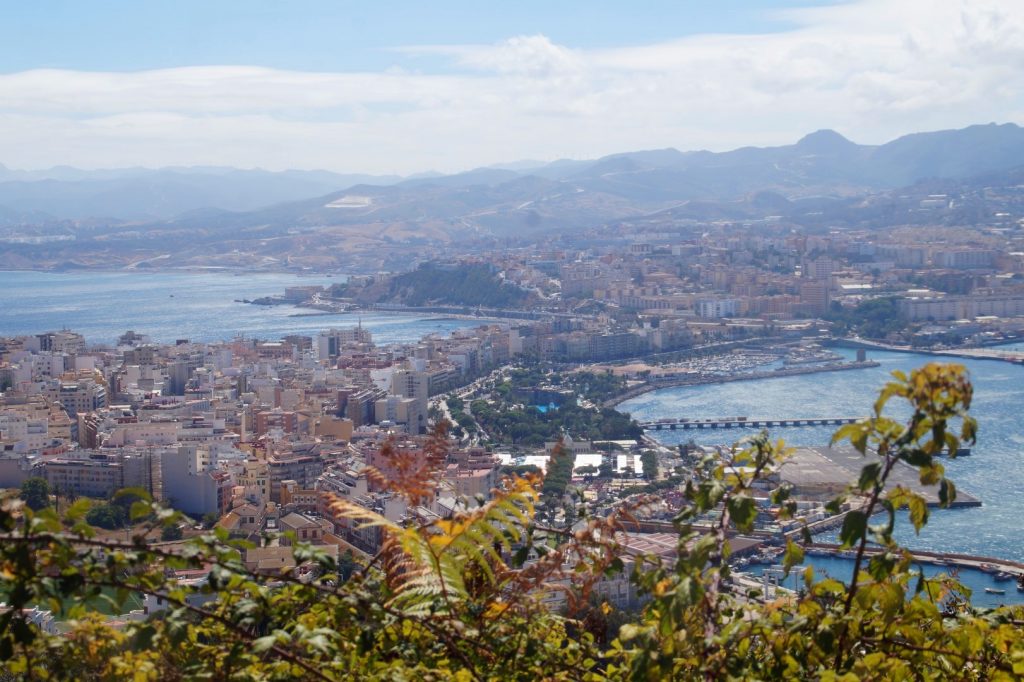
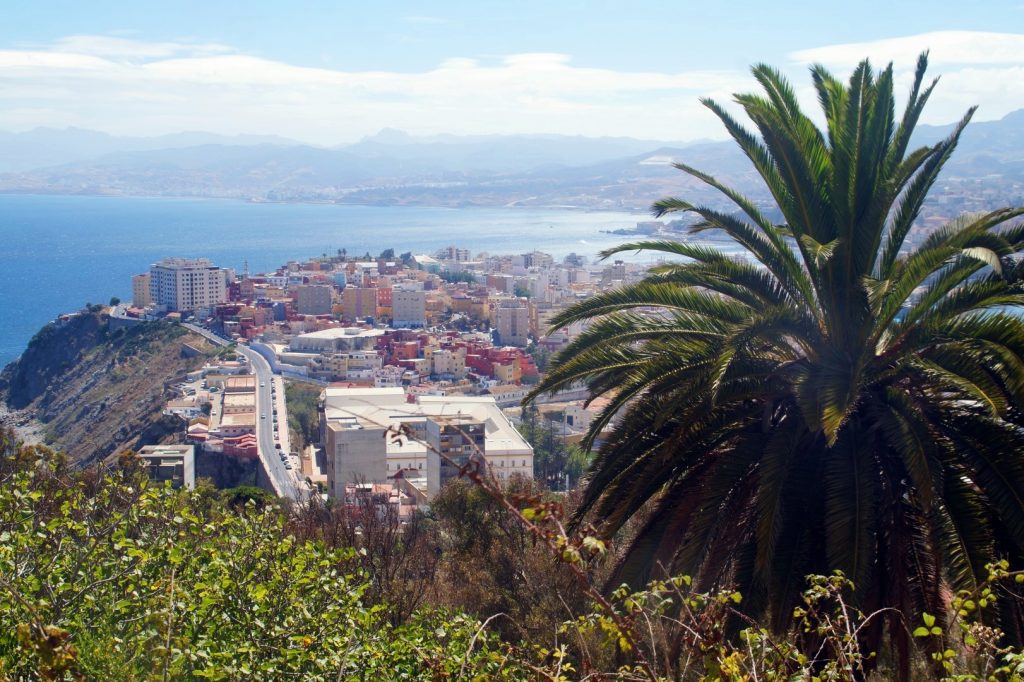
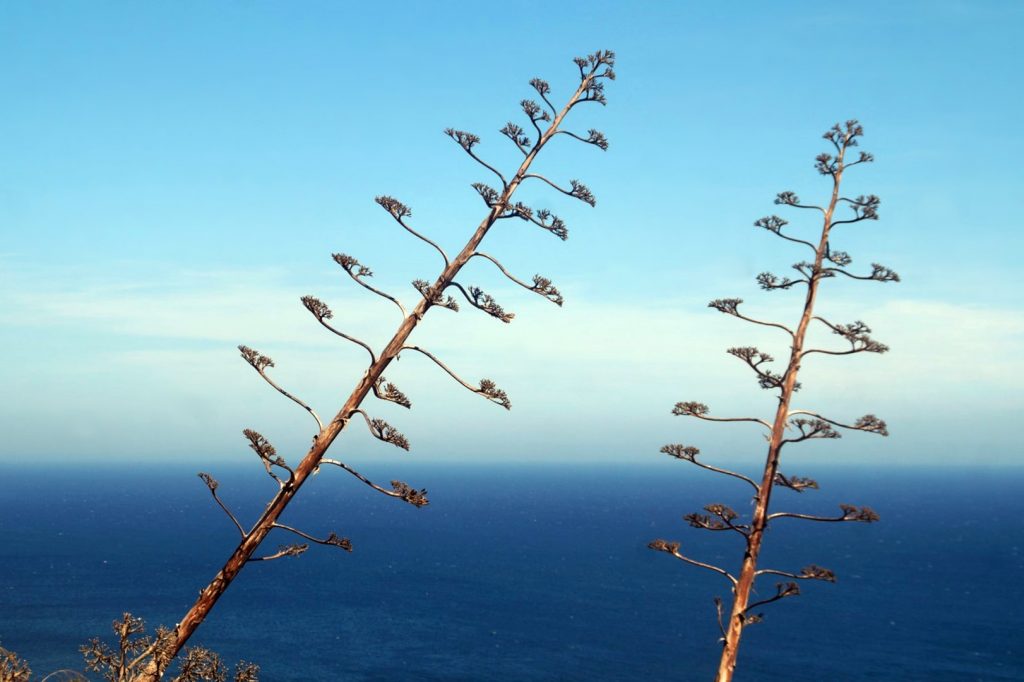
When I got back down to the city centre, I still had about an hour to kill before my ferry, so I found a bench and ate my lunch while looking out at the city and enjoying my last few moments on the African continent.
It had been an enjoyable day in Ceuta, although I had Melilla on my mind the entire day. There is just something truly special about Melilla that Ceuta can’t quite live up to. Maybe it’s because Ceuta is more touristy than Melilla. It’s not overrun like many other Spanish cities, but I ran into quite a few tourists during my day there. In Melilla, I felt like an intrepid traveller; like somebody discovering new land. Ceuta didn’t feel that way. In hindsight, I probably should have started with Ceuta!
Ceuta reminded me of a classic Andalusian city with all that they have to offer tourists – nice beaches, hotels, pools and western shops. And a more convenient location, considering it’s only an hour away from the mainland by ferry. If you want to have a vacation in the sun, go to Ceuta, but if you want to experience the true Spanish Morocco, head to Melilla.
Leave a Comment
Pingback: Gibraltar, a small British outpost in Southern Iberia – Northtrotter on 25/03/2020
Pingback: A summer day in Málaga: Backpacking in a vacation haven – Northtrotter on 25/03/2020
Pingback: My March 2020: A bit of Scotland and a whole lot of Covid-19 – Northtrotter on 25/03/2020
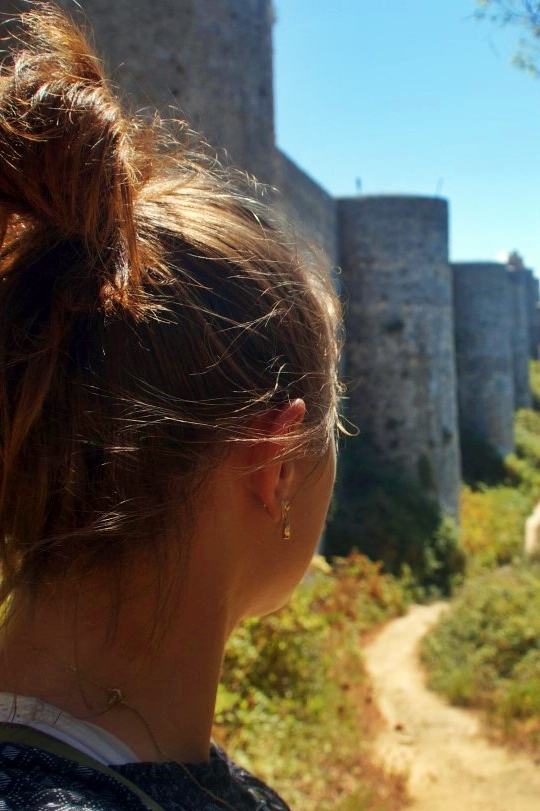
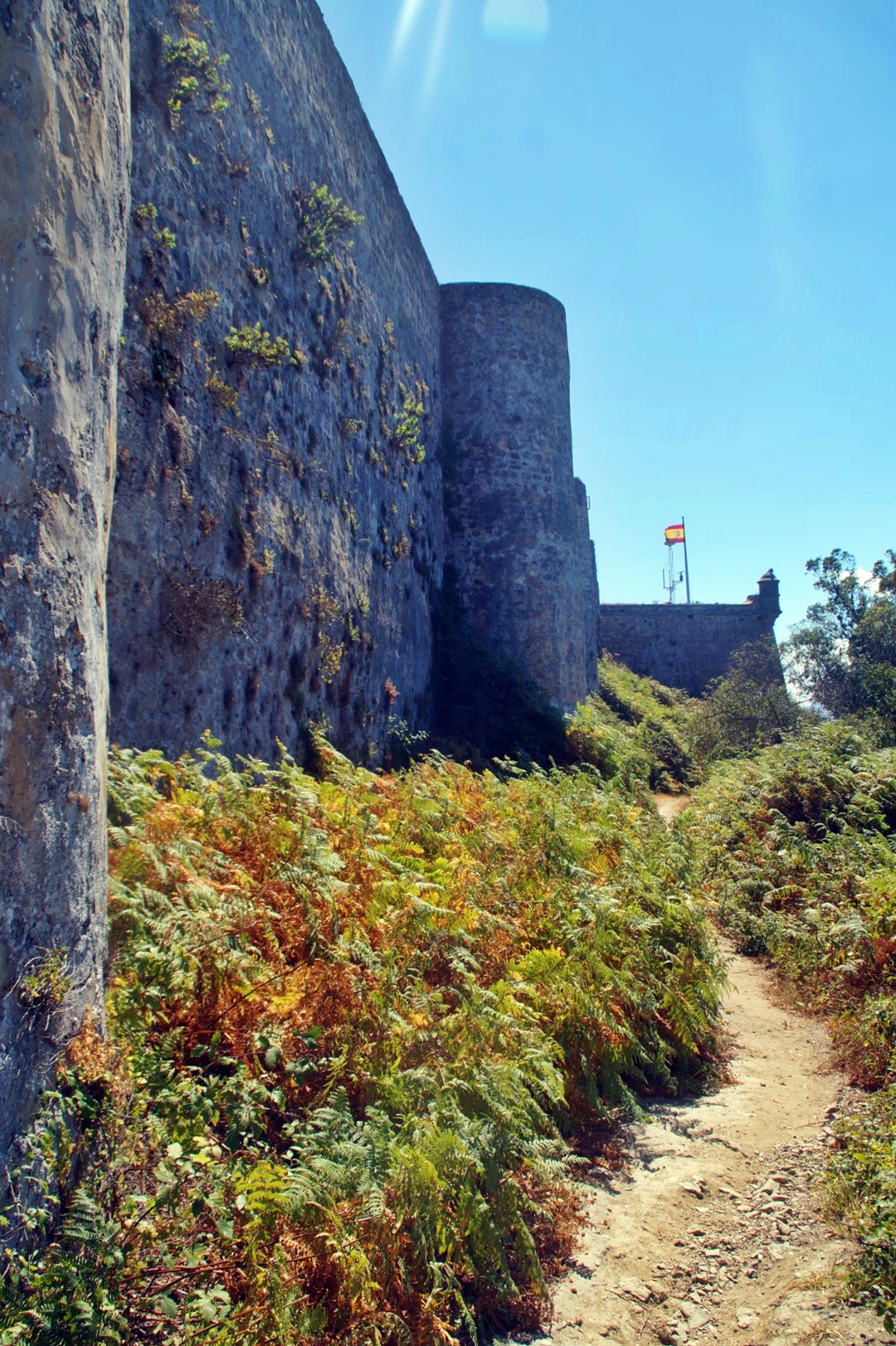

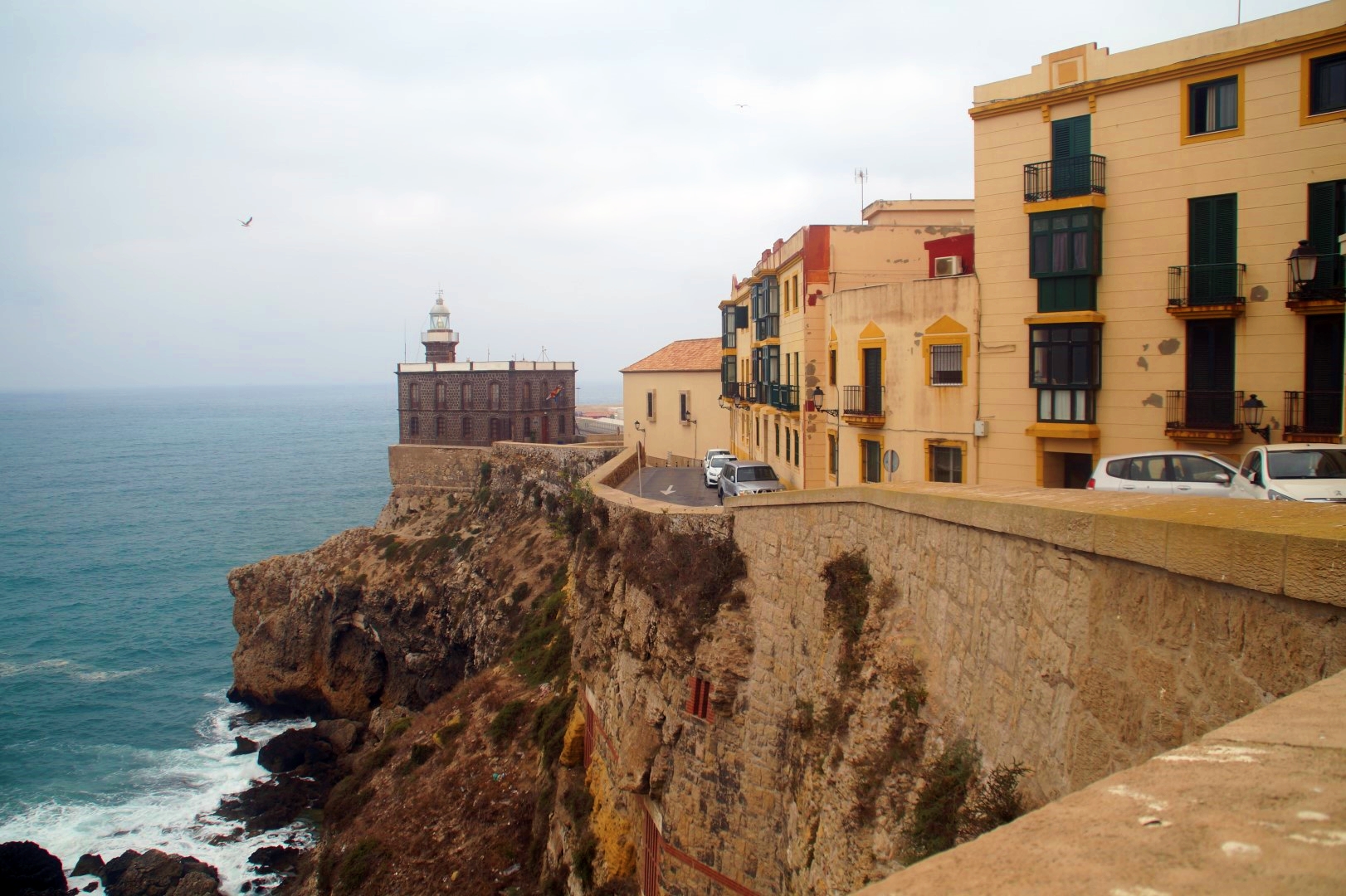


5 COMMENTS
Peace
3 years agoHi, first of all cents never was Spanish, it is Moroccan
Melissa Cherry Villumsen
3 years agoPolitically, it belongs to Spain today. Unfortunately, that’s a fact 🙂